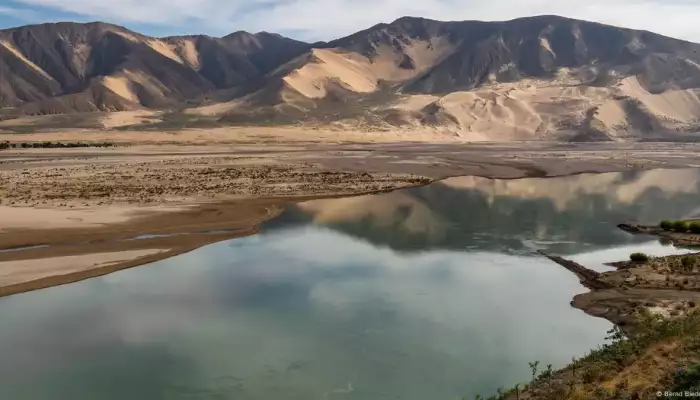
Beijing: China's Premier Li Qiang announced that construction has begun on what will be the world's largest hydropower dam on the Yarlung Tsangpo river, at the eastern rim of the Tibetan Plateau.
The announcement was made at the ceremony on Saturday, as reported by the Chinese media.
However, the planned dam has sparked concerns from India, Bangladesh and NGOs.
Why does China want to build the dam?
The Yarlung Tsangpo River, which is 2,900 kilometres long, starts in the Himalayas and winds through what is said to be the world's deepest land-based canyon. At one section, the river drops 2,000 meters (6,561 feet) in elevation within 50 kilometers (31 miles).
China has cited expanding renewable energy, reducing carbon emissions, and economic goals in the Tibet region as reasons behind the estimated $170 billion (€147.4 billion) project.
"The electricity generated will be primarily transmitted to other regions for consumption, while also meeting local power needs in Tibet," state media reported.
The dam will reportedly consist of five cascade hydropower stations with capacity to produce 300 billion kilowatt hours of electricity each year — equivalent to the amount consumed by the UK last year.India and Bangladesh raise concerns
As the Yarlung Tsangpo flows south, it becomes the Brahmaputra River in India and Bangladesh. Millions rely on the river as a water source and for agriculture.
Both countries have expressed concerns over the dam's impact on millions of people living downstream. NGOs have also warned of risks of irreversible damage to the ecologically sensitive plateau.
In January, India's Foreign Ministry raised concerns with China, saying it will "monitor and take necessary measures to protect our interests."
The ministry stressed that China has been "urged to ensure that the interests of the downstream states of the Brahmaputra are not harmed by activities in upstream areas."
A 2020 report from the Lowry Institute, an Australian think tank, reported that "control over these rivers gives China a stranglehold on the Indian economy."
How has China responded to the concerns?
Chinese authorities have not said how many people would be displaced by the construction of the Yarlung project.
In December, China's Foreign Ministry said that the project would not have any "negative impact" downstream, adding that Beijing "will also maintain communication with countries at the lower reaches" of the river.
This is not the first time geopolitical issues have been raised by rivers crossing international borders.
The Yarlung Tsangpo dam is expected to be operational in the 2030s.